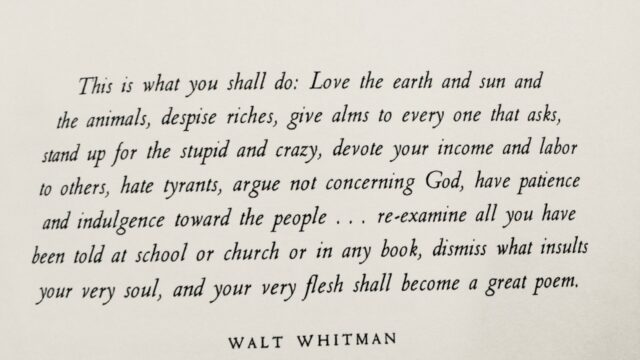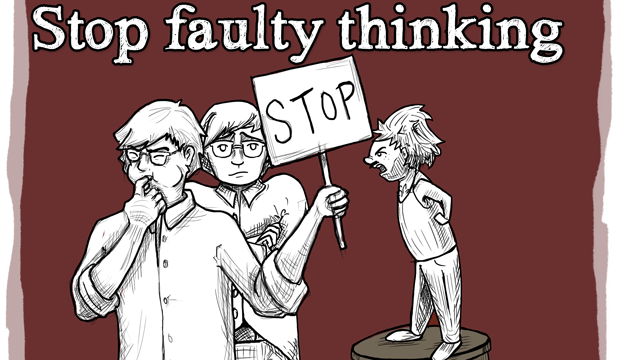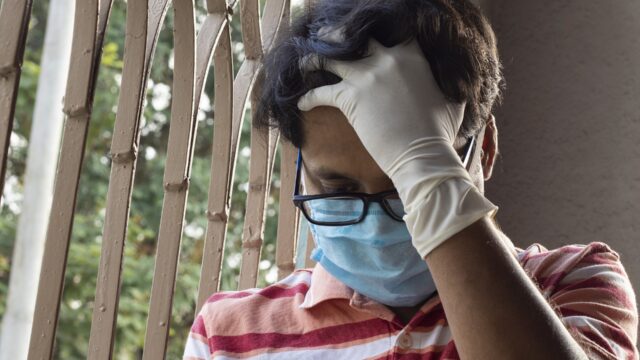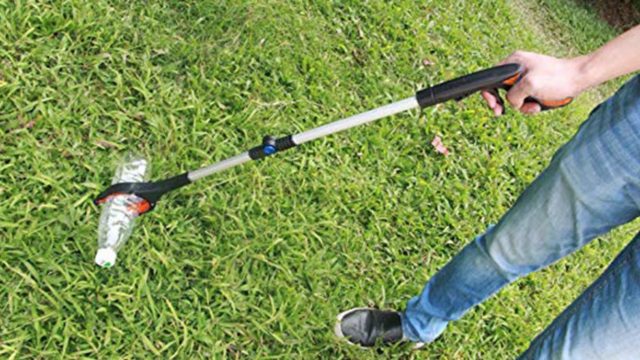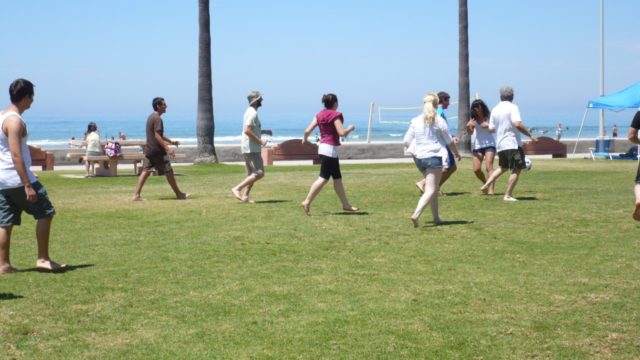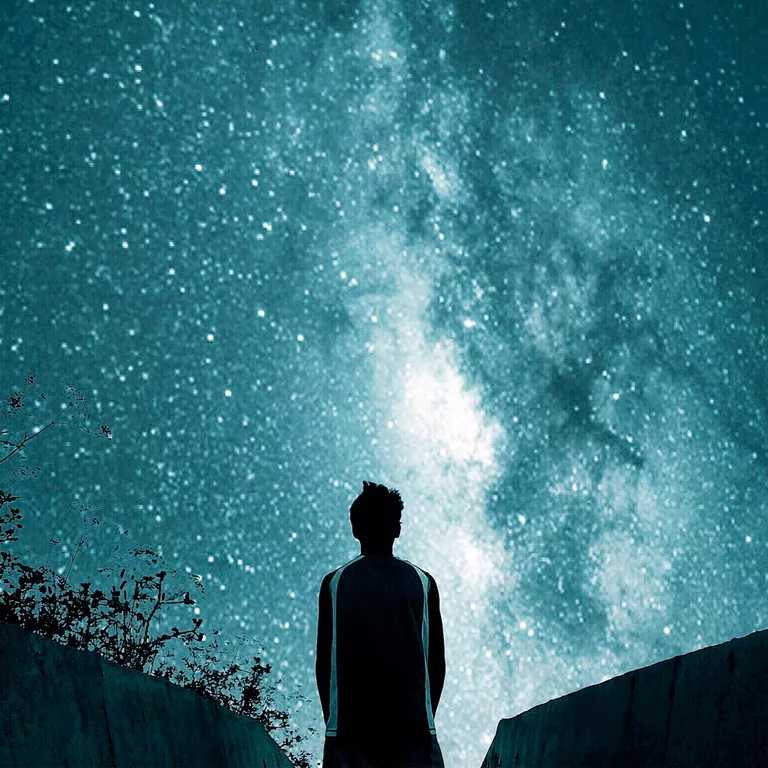
Cal Ag/EyeEm/EyeEm Premium / Getty
I wish to be relevant. I do not want my ashes In the dustbin of history. It is a terrifying thought! To be invisible, To be irrelevant, Unable to add To the human enterprise. Amid a pandemic, This consuming hunger And accompanying fear, Rears its head. As I shelter at home And avoid the world, I feel less able to add To the human existence. The existential crisis grows. My insignificance is clear. I have no ground to stand on And I disappear. Then, out of the ashes, Something new is reborn. With a new relevancy, The relevancy of being. Nothing to do, Nothing to be, No more, No less.
This poem captures two worlds colliding in my mind at the moment. One is the world of my ego in which I am feeling distressed at being ordinary, not standing out from the crowd, being ignored by my peers and others as uninteresting or unimportant, and not having done enough to make the world a better place. I compare myself to others and find myself inadequate, as if something is missing in my personality and competence. I feel a void in the pit of my stomach, and the state of “mediocrity” becomes a frightening possibility. Like the sword of Damocles, my ego obsesses with the sense that this state of being is about to drop into my soul any minute. And I dread the thought and the feelings it engenders, namely that I will recognize this as my true nature. I recognize I rooted such fear in my development, with high expectations and a lifelong effort to excel academically and in other spheres of life. In contrast, I occasionally oscillate to another sense – that of contentment, of being special, when thinking disappears, and the world seems absolutely perfect.
This oscillation between mediocrity and uniqueness, being special and not reminds me of what Harold Ramis, a well-known American actor, comedian, director, and writer, said about carrying two notes to remind you of who you are. The first note should read, “The universe was created for my delight.” The second note should say, “I am a meaningless speck of dust in the vastness of the universe.” His point was that life occurs in the rhythmic oscillation between these two opposite poles. Living happens between meaningfulness and meaninglessness, between creative and mundane living. The rhythmic oscillation of this dance occurs both outside and within conscious awareness, but in either case, we are participants. Nisargadatta Maharaj, an Indian guru, offered something similar. He said, “Between looking inside and recognizing that I am nothing and seeing outside and recognizing that I am everything–my life turns.” You, me, and everyone else are both nothing and everything; both special and not.
So, why do I yearn for uniqueness? To be special? And for whom is all this mental anguish and activity for? Psychologically, it is my ego’s soulful cry, created by an illusion of separateness, born out of my evolutionary drive for individuality. Spiritually, however, it is the aching sense to be united with my Source.

